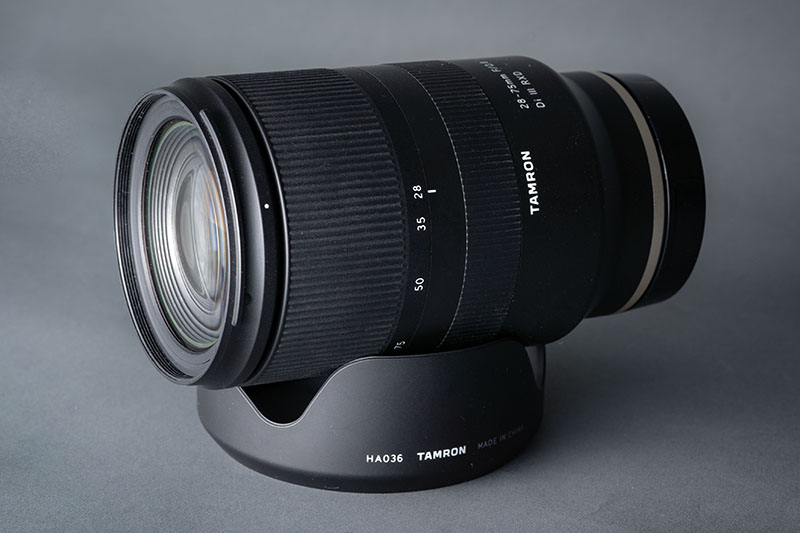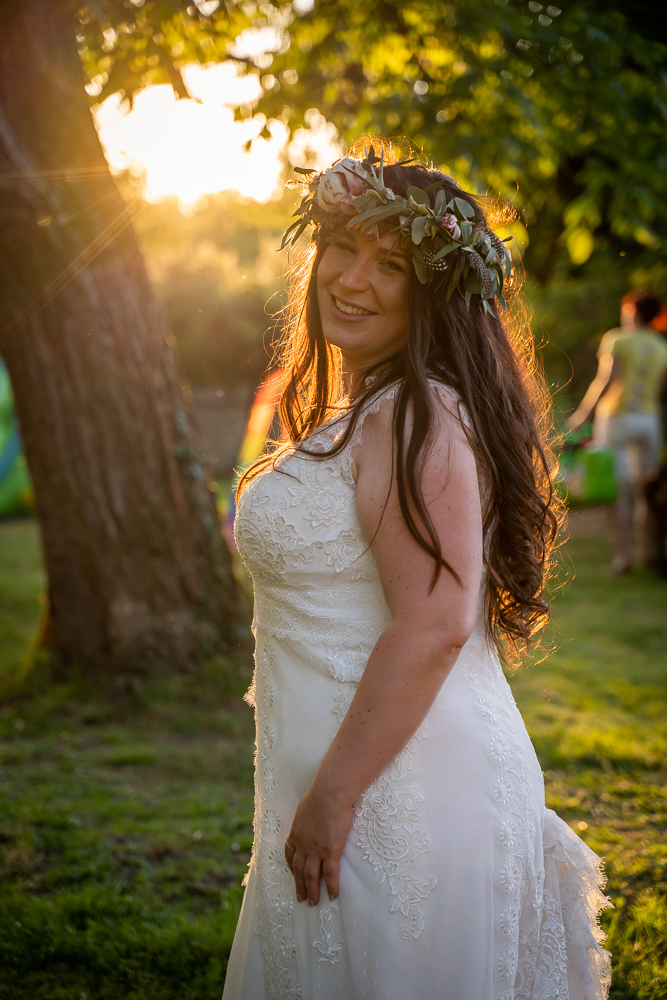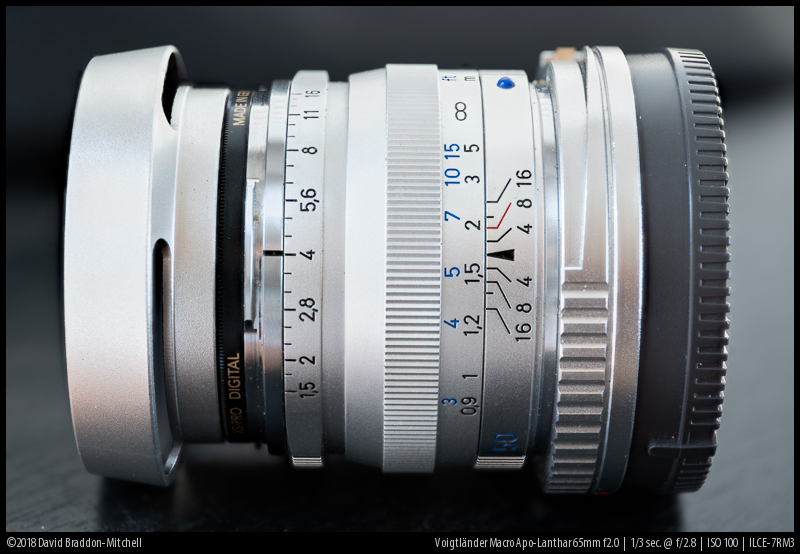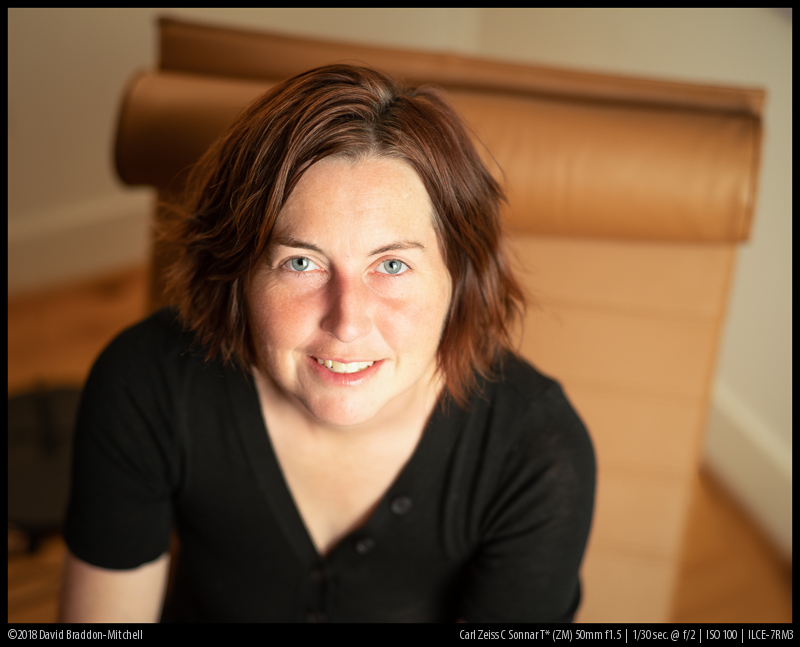Introduction

The Tamron 2.8/28-75 Di III RXD is the first third party E-Mount autofocus zoom lens. I am excited about this lens because it defines a milestone for the E-Mount system: until now, we only had a choice between Sony’s budget line, Samyang and the other (super-)expensive Sony/Zeiss options. The three classic third party manufacturers (Sigma, Tamron, Tokina) have been very tentative in their commitment to the E-mount system, and this lens is the first one that really changes this situation. The specs of the lens look spectacular on the paper, so let’s find out about its performance in the field.
In this review I will check the performance of my own copy that I used for several months now.
Sample Images








